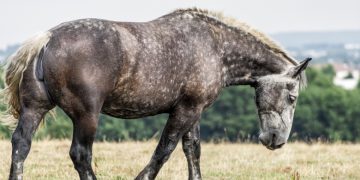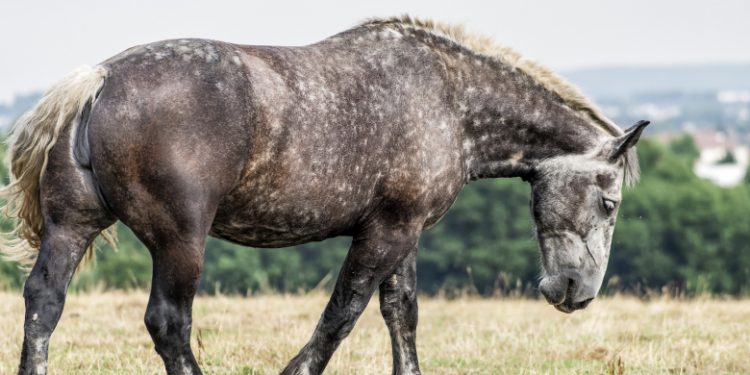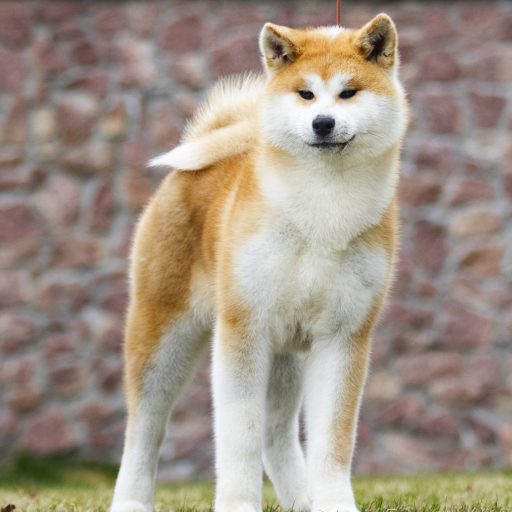The Percheron is a workhorse known throughout the world which is appreciated for its different qualities. Renowned for his calm and for his docile character, the Percheron is a cold-blooded horse who is also robust and generous. Used at work, in leisure and even in sporting events, the Percheron is versatile. Discover this famous draft horse that is the Percheron!
Breed History
Originally from Perche, a small French province, the Percheron was considered a purebred horse during the 19th century. Percheron blood is mainly composed of Arab blood. The breed gradually adapted to the climate of its native region and to the needs of agriculture. Indeed, it was necessary to have a strong horse, capable of plowing and transporting goods and people.
The Percheron has had several uses. First ridden by knights, it then drove stagecoaches before being used in agriculture. It was at the beginning of the 20th century that Percheron was at its peak. Indeed, more than 20,000 thoroughbred horses are used by the Compagnie des Omnibus Parisiens to transport people in the capital.
Threatened with extinction after the Second World War due to the appearance of motor vehicles, the Percheron regained its letters of nobility thanks to passionate breeders. In the 1980s and 1990s, the Percheron was harnessed first for leisure activities and then returned to its agricultural activities. It is now used to transport people, maintain green spaces and collect waste.
Physical peculiarities
His head: The head of the Percheron is expressive, fine and straight, the muzzle is flat and straight. The forehead is broad and square. The ears are long, thin and mobile. The eye is lively and the nostrils are wide.
Its neck: The neck of the Percheron is long with abundant hair.
His body: The withers of the Percheron are well out, the chest is wide and deep, the shoulder is long, sloping and massive. The back is often short and straight. The croup is long and straight. The thighs are muscular and the hocks are wide. The tail set is high, in line with the loin.
Its members: The members have good confidence. The barrels are wide and the balls are strong. Clogs are often high with heels. The baleen is non-existent or frankly discreet.
His coat: The coat of the Percheron is gray or black. All shades of black and gray are accepted in France, although dapple gray and jet black are the most popular. Small white marks on the head and on the legs can be accepted by the Stud-Book.
Its gaits: They are light and supple, lively and airy. They are extended and the hindquarters engage strongly at all gaits.
Today, there are two types of Percheron: the trait and the diligence. If the Trait Percheron has a very powerful hindquarters, the Diligencier Percheron presents more lively and extended gaits. All are harmonious and elegant, lively with bone.
Famous Percheron horses
The Percheron is mainly used in traction, whether in the agricultural environment, in leisure or sport riding. In 1999, René Muller also became French champion in two-horse driving with his Percherons.
Breeding
The first register of Percheron breeding was opened in 1883 in France. The Société Hippique Percheronne was created the same year. The Percheron is mainly present in the south of Normandy, however it is found in many French regions. A Percheron born in France will be marked with the letters SP (initials of the Société hippique Percheronne) on the left side of his neckline. To be considered as a Percheron, the foal must come from parents and grandparents who are registered in the Percheron Stud-Book.
Percheron is also exported to various countries such as the United States, Germany and Japan. Stud books exist in many countries around the world.












